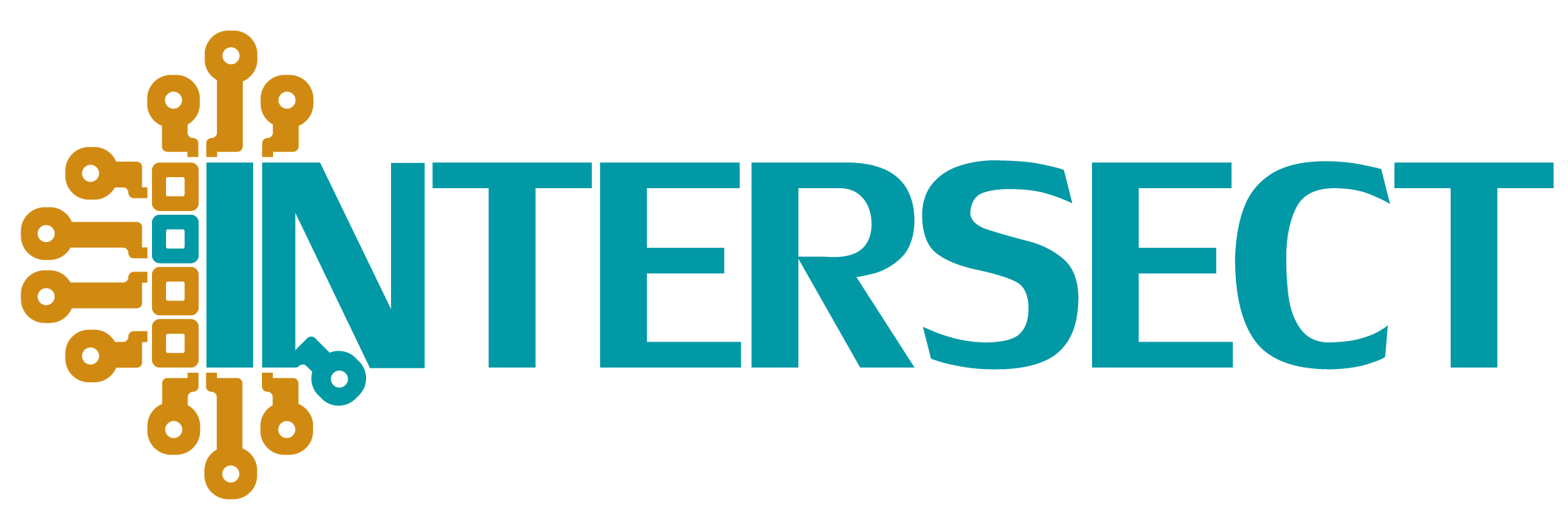
Abstract
Information-and-communication technologies have been historically powered by silicon, with development and production taking place mostly, albeit not exclusively, in the United States and in Asia. The current and major worldwide drive for big data, machine learning, and quantum computing will push away from this all-silicon platform, and provide a unique opportunity and a clean slate for European industry to rapidly deploy novel technologies based on innovative materials and devices. Leadership will require fast exploration of materials’ properties (e.g. memory effects for memristive computing), linking properties to performance in unexplored architectures, and assessing their business potential. INTERSECT wants to leverage European leadership in materials’ modelling software and infrastructure, as embodied in track record of the team, to provide industry-ready integrated solutions that are fully compliant with a vision of semantic interoperability driven by standardized ontologies. The resulting IM2D framework – an interoperable material-to-device simulation platform – will integrate some of the most used open-source materials modelling codes (Quantum ESPRESSO and SIESTA) with models and modelling software for emerging devices (GinestraTM) via the SimPhony infrastructure for semantic interoperability and ontologies, powered by the AiiDA workflow engine, and its data-on-demand capabilities and apps interface. API-compliance with established standards will allow pipelines to and from public repositories, and embedding into the front-end of materials hubs, such as MarketPlace, while testing, validation, and standardization will take place together with the industrial partners.



